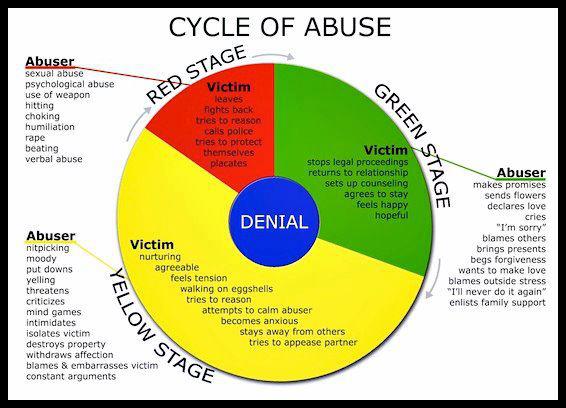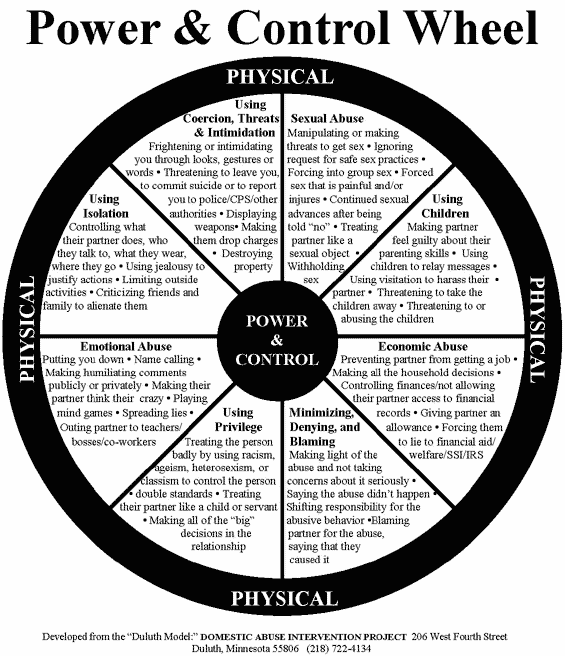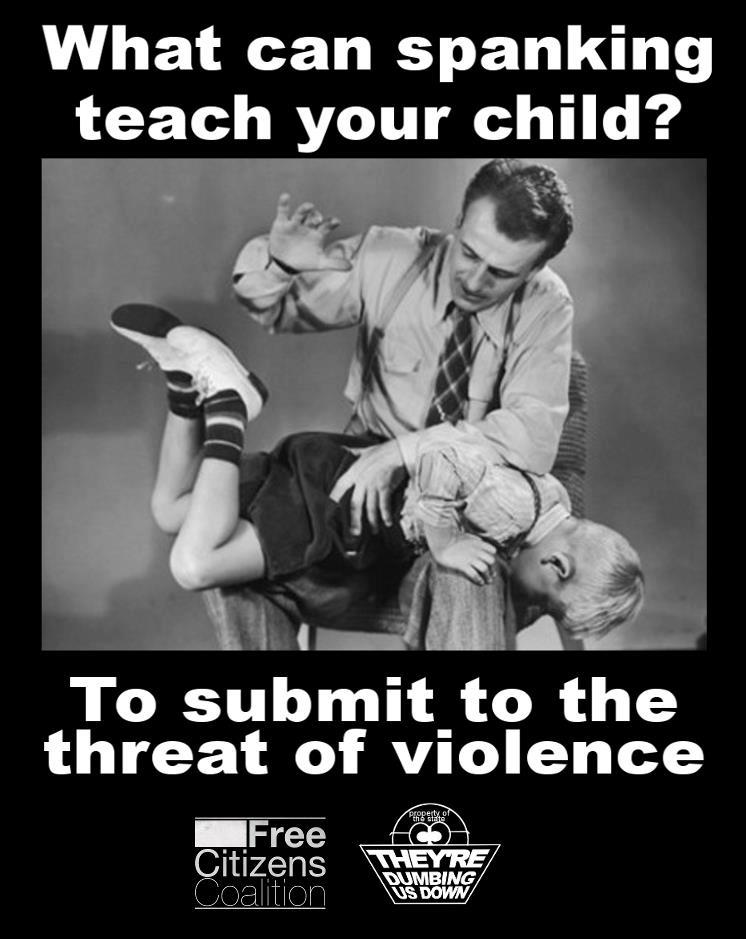 |
||
| Operation Underground Railroad – We rescue kidnapped children from slavery | ourrescue.org | |
| A Woman’s Day #throughglass |
 |
|
| 1-800-4-A-CHILD (1-800-422-4453) | |
Matt Lindgren, Licensed Marriage & Family Therapist, notes that “Domestic Violence Can Make You Feel Crazy”:
Domestic violence goes by many names, including intimate partner violence (IPV), spousal abuse, domestic abuse, and child abuse.
Many perpetrators of domestic violence try intentionally to make their victims doubt their own judgement and sanity. They try to make excuses for their behavior – possibly blaming it on drugs, childhood abuse, or stress at work – anything except taking full responsibility themselves.
Most perpetrators of domestic violence are able to behave in dramatically different ways with partners and the outside world, which suggests they have far more control over their actions than they would want others to know. When confronted with law enforcement, perpetrators can switch on a dime from being cruel, vengeful – if not homicidal, to being friendly, amusing, calm, and reasonable. They want you to believe they are not in control, when the vast majority of them are completely in control of their actions.
Actions include:
- Social Control – not allowing victim contact with friends, family, community, or children
- Emotional Abuse – threats of violence to victim or children, insults, put-downs, and attacks
- Economic Deprivation – not allowing victim access to money, food, education, or other resources
- Threats of Aggression or Sexual Violence, Intimidation
- Stalking
- Indirect physical aggression – destruction of property, throwing objects near victim, harm to pets
- Direct physical aggression – hitting, kicking, biting, shoving, restraining, throwing objects, rape, murder
- Sexual Abuse or Sexual Assault – including use of force to compel participation in sexual acts, intimidation to perform sex, use of drugs to have non-consentual
sex1
“The ManKind Initiative runs a national violence helpline for men,” writes Mark Duell for The Daily Mail:
The charity claims 38 per cent of domestic abuse victims are male. About 7.1 per cent of women and 4.4 per cent of men were estimated to have experienced domestic abuse in the last
year.2
| Domestic Abuse Helpline |
Repeated exposure to extreme negative input may result in “battered person syndrome,” a post-traumatic stress disorder. Divorce Net writes:
According to Dr. Lenore E. Walker, the nation’s most prominent expert on battered women, a woman must experience at least two complete battering cycles before she can be labeled a “battered woman”. The cycle has three distinct phases. First is the tension-building phase, followed by the explosion or acute battering incident, culminating in a calm, loving respite – often referred to as the honeymoon
phase.3, 4
 |
Wikipedia relates:
The term “battered woman syndrome” was coined by American feminist and psychologist Lenore Walker. In 1978-1981 she interviewed 435 female victims of domestic violence. She concluded that the violence goes in cycles. Each cycle consists on 3 stages:
- Tension building stage, when a victim suffers verbal abuse or minor physical violence, like slaps. At this stage, the victim may attempt to pacify the abuser. However, the victim’s passivity may reinforce the abuser’s violent tendencies.
- Acute battering incident. At this stage, both perceived and real danger (of being killed or seriously injured) is maximal.
- Loving contrition. After the abuser discharged his tension by battering the victim, his attitude changes. He may apologize for the incident and promise to change his behaviour in the
future.5
 |
||
| Help Stop Human Trafficking | 1-888-3737-888 | |
Divorce Net also reports on studies that found four general characteristics of the syndrome: the victim believes that the violence is his/her fault, the victim has the inability to place the responsibility for the violence elsewhere, he/she fears for their life and/or children’s lives, and the victim has an irrational belief that the abuser is omnipresent and omnisient. Wikipedia relates:
Walker used the Martin Seligman’s theory of learned helplessness to explain why many battered women do not leave their abusers. In Seligman’s experiments, rats repeatedly suffered electric shocks without being able to escape them. After this, they did not attempt to escape a shock even if they had such a possibility. According to Walker, females who are repeatedly battered produce similar psychological
responses.6
 |
| TheAdvocacyCenter.org |
Jeffrey L. Edleson examines a problem endemic to domestic violence in “Mothers and Children: Understanding the Links between Woman Battering and Child Abuse”:
[Studies] suggest that in 32% to 53% of all families where women are being beaten their children are also the victims of abuse by the same perpetrator. A small but growing body of research also suggests that children who witness domestic violence, but who are themselves not physically abused, may suffer social and mental health problems as a
result.7
 |
John E. Thoresen, Director of the Barbara Sinatra Children’s Center in Rancho Mirage, California writes to Dear Abby pointing out that April is Child Abuse Prevention Month pointing out that
every year, more than 3 million reports of child abuse are made in the U.S. Without intervention, about 30 percent of those abused and neglected children will later abuse their own children.
Abigail Van Buren replied with the 10 most common indicators:
- UNEXPLAINED INJURIES: Visible signs may include burns or bruises in the shape of objects. There may be unconvincing explanations for a child’s injuries.
- CHANGES IN BEHAVIOR: Abused children often appear scared, anxious, depressed, withdrawn or more aggressive.
- RETURNING TO EARLIER BEHAVIOR: Abused children may display behaviors shown when they were younger, such as thumb-sucking, bed-wetting, fear of the dark or strangers. For some, loss of basic language or memory problems may occur.
- FEAR OF GOING HOME: Abused children may express fear or anxiety about leaving school or going places with the abuser.
- CHANGES IN EATING: The stress, fear and anxiety lead to changes in a child’s eating behaviors, which may result in weight gain or weight loss.
- CHANGES IN SLEEP HABITS: The child may have frequent nightmares or have difficulty falling asleep, and appear tired or fatigued.
- CHANGES IN SCHOOL PERFORMANCE OR ATTENDANCE: Children may demonstrate difficulty concentrating in school or experience excessive absences, sometimes because of adults trying to hide the children’s injuries from authorities.
- LACK OF PERSONAL CARE OR HYGIENE: The child may appear unkempt, be consistently dirty and have severe body odor, or lack sufficient clothing for the weather.
- RISK-TAKING BEHAVIORS: The child may engage in high-risk activities such as using drugs or alcohol, or carrying a weapon.
- INAPPROPRIATE SEXUAL BEHAVIOR: A sexually abused child may exhibit overly sexualized behavior or use explicit sexual
language.8
 |
Related links
1 Matt Lindgren, “Domestic Violence Can Make You Feel Crazy,” at http://matthewlindgren.com/specific-populations/Oakland-domestic-violence-therapist.html (retrieved: 11 February 2012).
2 Mark Duell, “Shocking video shows how members of the public intervene when they see man attacking his girlfriend… but stand by and LAUGH when the roles are reversed,” The Daily Mail, at http://www.dailymail.co.uk/news/article-2638752/Shocking-video-shows-members-public-intervene-man-attacking-girlfriend.html (retrieved: 26 May 2014).
3 Divorce Net: Family Law Information, Solutions, News and Community, at http://www.divorcenet.com/ (retrieved: 7 February 2009).
4 “Cycle of abuse,” Wikipedia.org, at http://en.wikipedia.org/wiki/Cycle_of_abuse (retrieved: 12 June 2011).
5 “Battered woman defense,” Wikipedia.org, at http://en.wikipedia.org/wiki/Battered_woman_defence (retrieved: 7 February 2009).
6 “Martin Seligman,” Wikipedia.org, at http://en.wikipedia.org/wiki/Martin_Seligman (retrieved: 7 February 2009).
7 “Mothers and Children: Understanding the Links between Woman Battering and Child Abuse,” Minnesota Center Against Violence and Abuse, 1995, at http://www.mincava.umn.edu/documents/nij/nij.html (retrieved: 7 February 2009).
8 Abigail Von Buren, “Help to curb child abuse by learning its symptoms,” 28 April 2014, at http://news.yahoo.com/help-curb-child-abuse-learning-symptoms-050007502.html (retrieved: 6 May 2014).
See also
What is Domestic Violence?, TheAdvocacyCenter.org, at http://www.theadvocacycenter.org/adv_violencewhatis.html (retrieved: 5 January 2013).
Shelly K., “5 Signs of Abuse By Proxy Indirectly Caused By Him,” Yahoo Voices, 20 November 2010, at http://voices.yahoo.com/5-signs-abuse-proxy-indirectly-caused-him-7241702.html?cat=41 (retrieved: 20 April 2013).
MR.H, “More than 40% of domestic violence victims are male, report reveals,” Banoosh.com, 25 July 2013, at http://banoosh.com/blog/2013/07/24/more-than-40-of-domestic-violence-victims-are-male-report-reveals/ (retrieved: 25 July 2013).
Related videos
“Domestic Violence, The ‘Jerry’ Miranda Story,” video at Google Video, http://video.google.com/videoplay?docid=-3786229059227211869 (retrieved: 7 February 2009). (
“Violence — a family tradition | Robbyn Peters Bennett | TEDxBellingham,” TEDx Talks video at YouTube.com, http://www.youtube.com/watch?v=WLMJHdySgE8 (retrieved: 16 April 2016).
“The Twilight Zone: Season 3, Episode 11 Acts of Terror (3 Dec. 1988),” A M – Twilight Zone video at YouTube.com, http://www.youtube.com/watch?v=PbuppAb5GCU (retrieved: 27 May 2014). (

